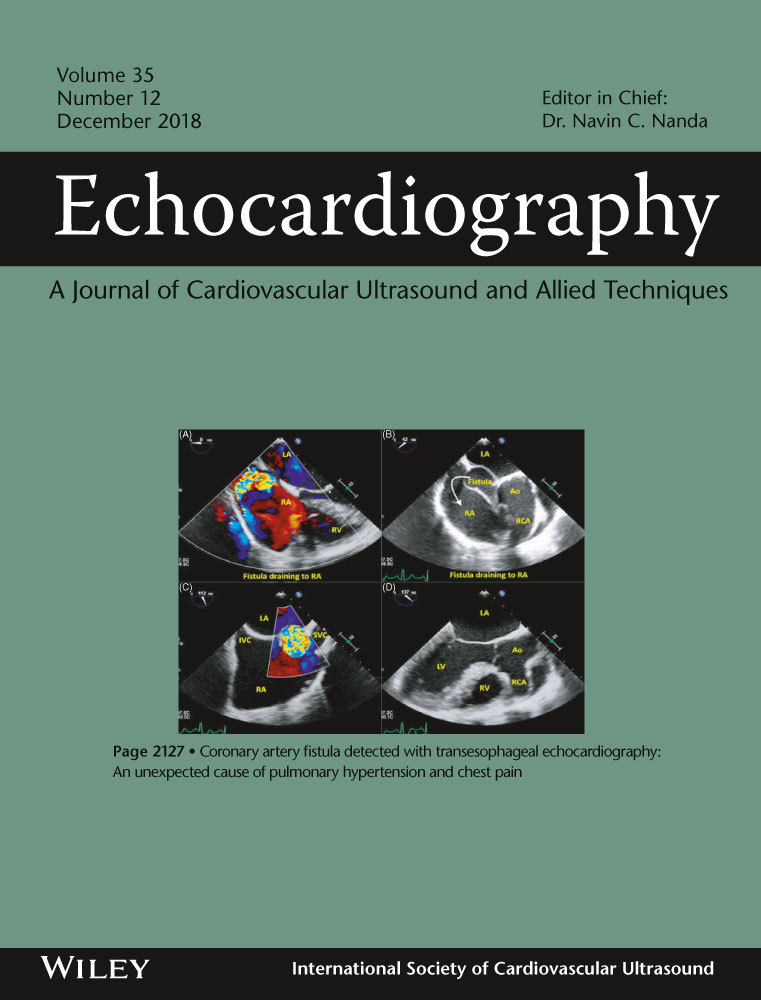The presbycardia phenotype: Cardiac remodeling and valvular degeneration in nonagenarians
Abstract
Background
Nonagenarians (NON) are a growing segment of the population and have a high prevalence of cardiac disease. Many findings encountered on their echocardiograms are also found in younger individuals with valvular or myocardial disease. Therefore, the purpose of this study was to describe this distinct echocardiographic phenotype.
Methods
We identified our study population by querying our echo database to identify unique septuagenarians (SEPT) and nonagenarians (NON) who underwent a transthoracic echocardiogram (TTE) from January 1, 2010 to December 31, 2014. Exclusion criteria were LVEF < 50%, any akinetic wall segment, aortic stenosis, moderate-severe AR and/or severe MR, coronary revascularization within 60 days of study echo, and prior valve surgery.
Results
The mean age of SEPT was 73.0 ± 2.0 and NON was 92.0 ± 2.1 (P < 0.001). There was no gender difference between groups. NON had significantly smaller LV end-diastolic diameters than SEPT (41.6 ± 5.7 mm vs 48.0 ± 7.0 mm, P < 0.001). NON had a greater relative wall thickness (0.51 ± 0.10 vs 0.40 ± 0.08, P < 0.001) and more frequently had concentric remodeling or hypertrophy. NON had higher E/Ea ratios and estimated LA pressures (P < 0.01). 48% of NON had moderate-severe mitral annular calcification compared to 25.0% of SEPT (P < 0.01).
Conclusions
Herein, we provide the first comprehensive echocardiographic description of ‘presbycardia'; concentric LVH, asymmetric septal hypertrophy, mitral and aortic valve calcification, and increased epicardial fat thickness. This pattern of findings may be increasingly seen as the population ages.




